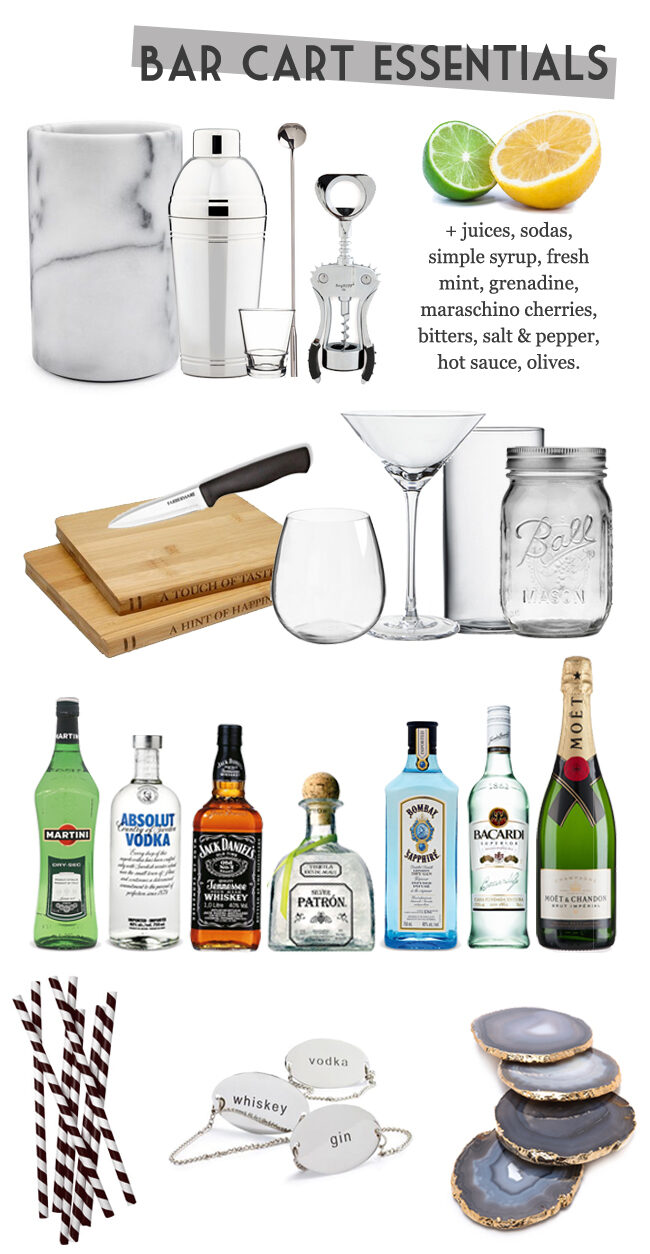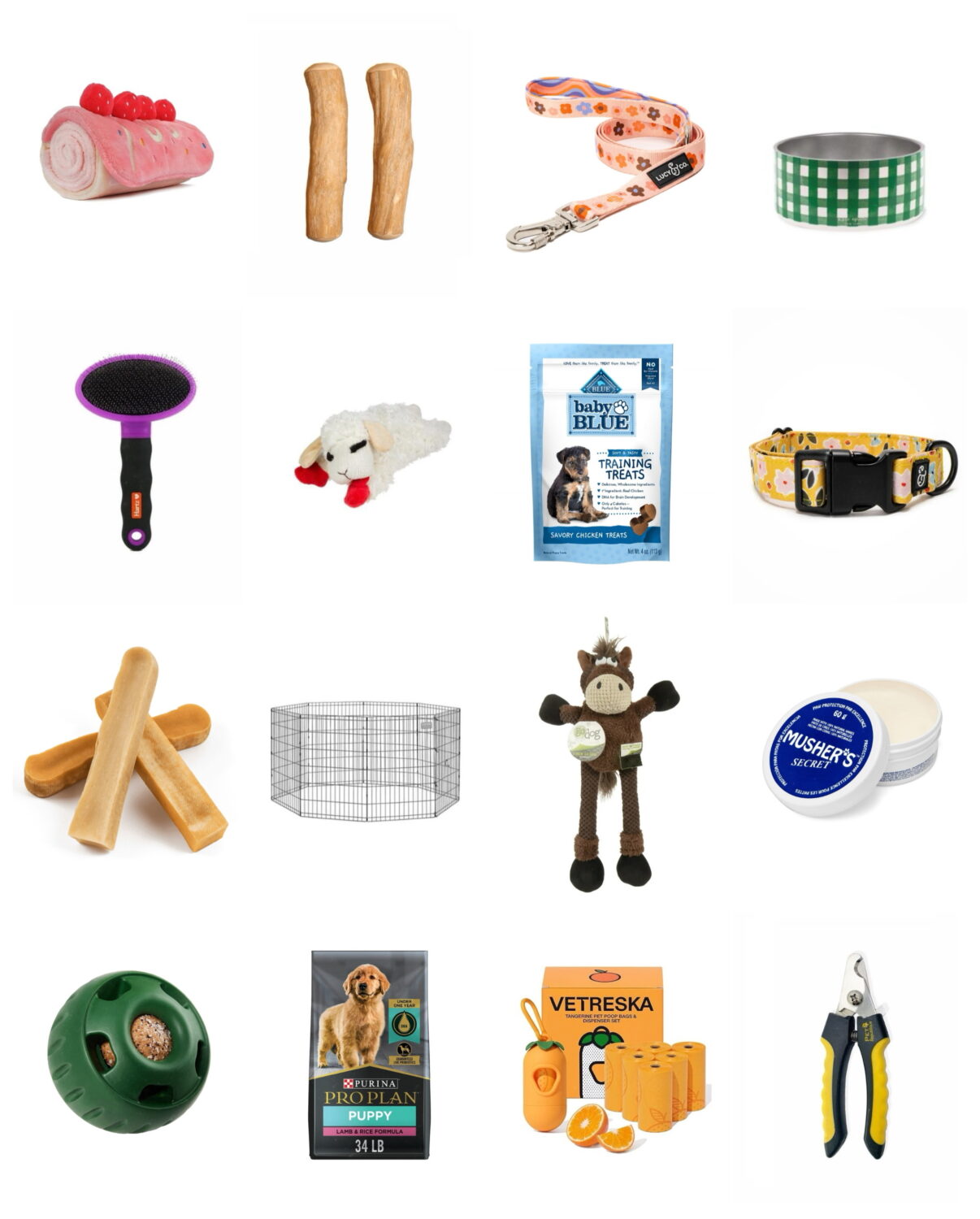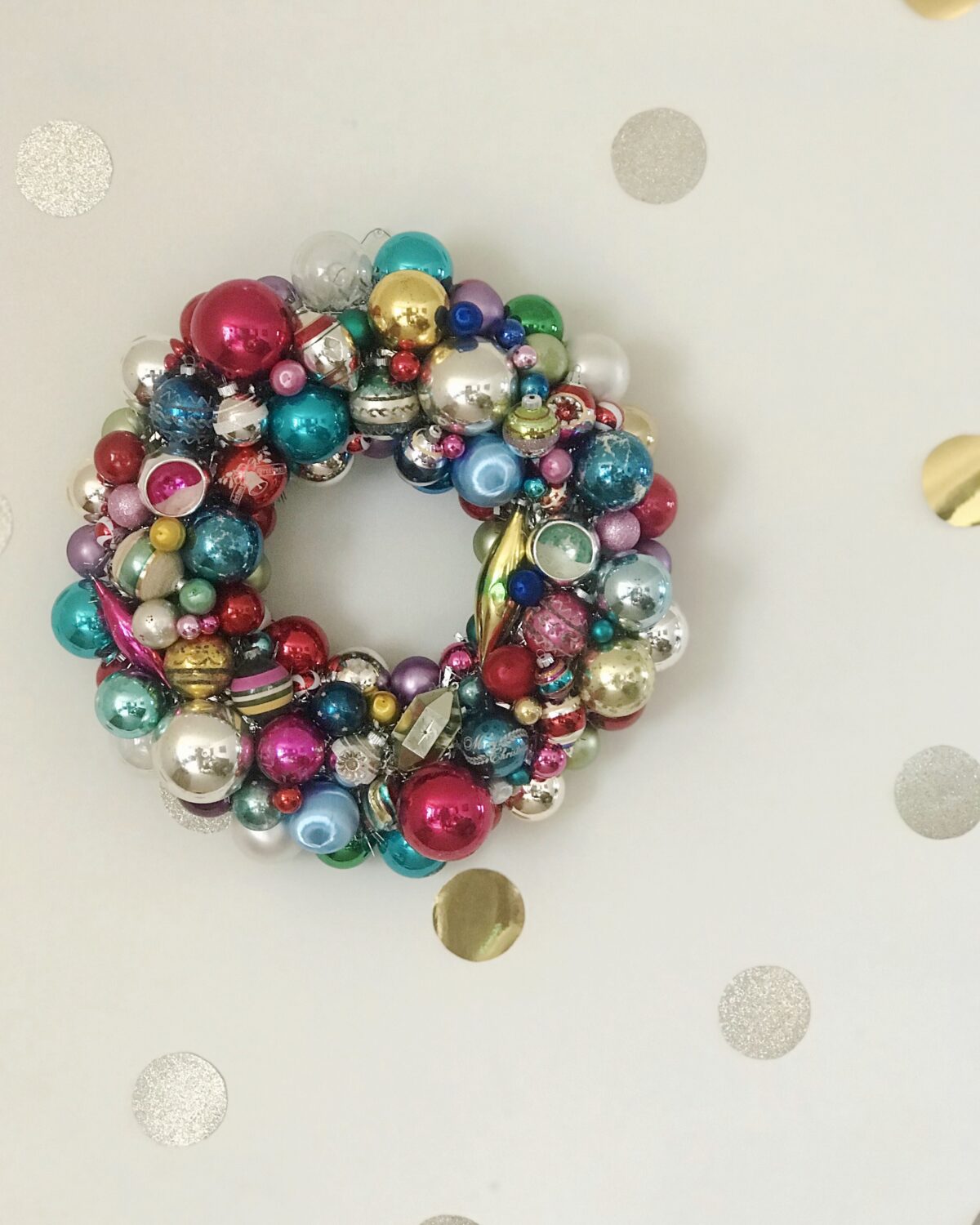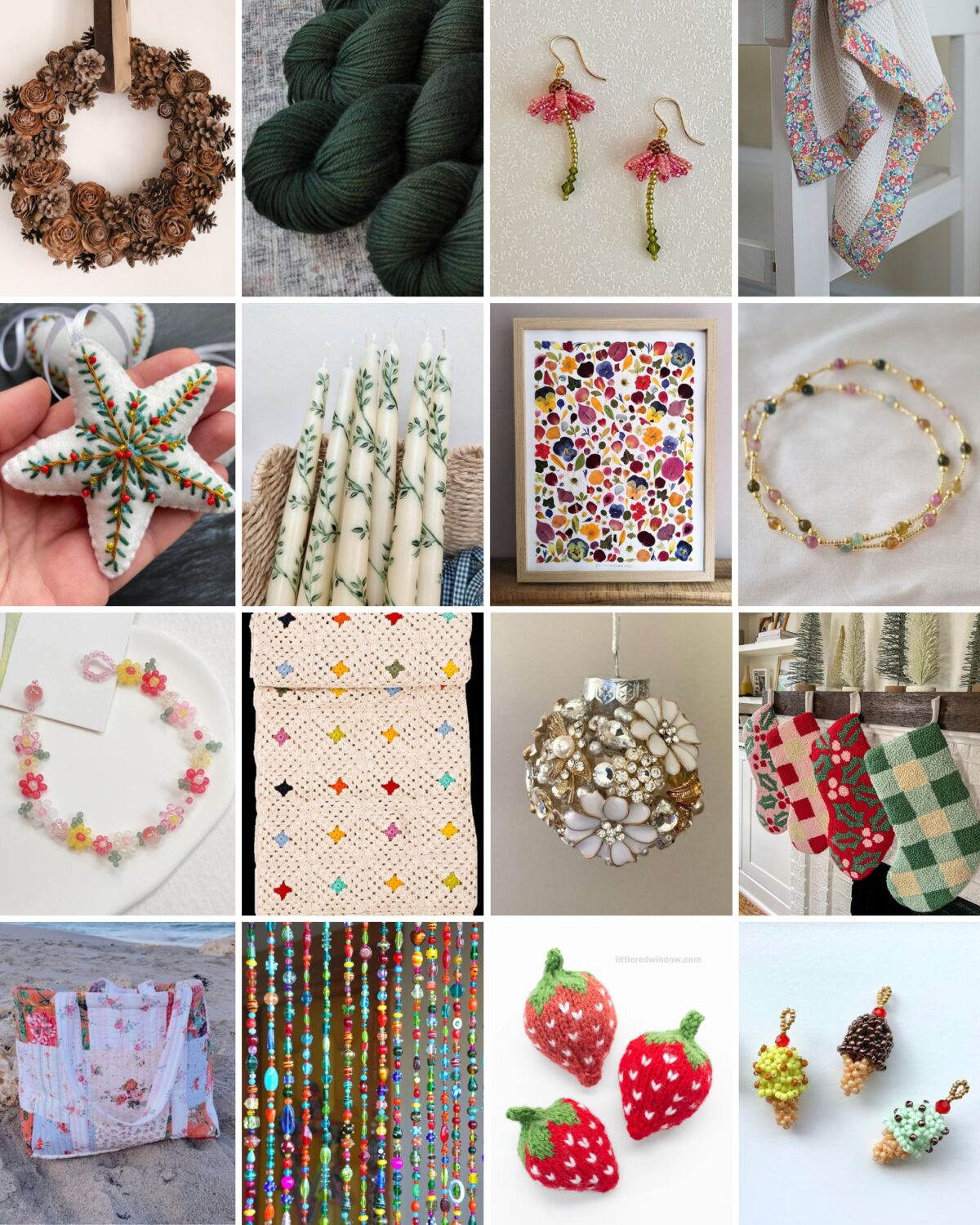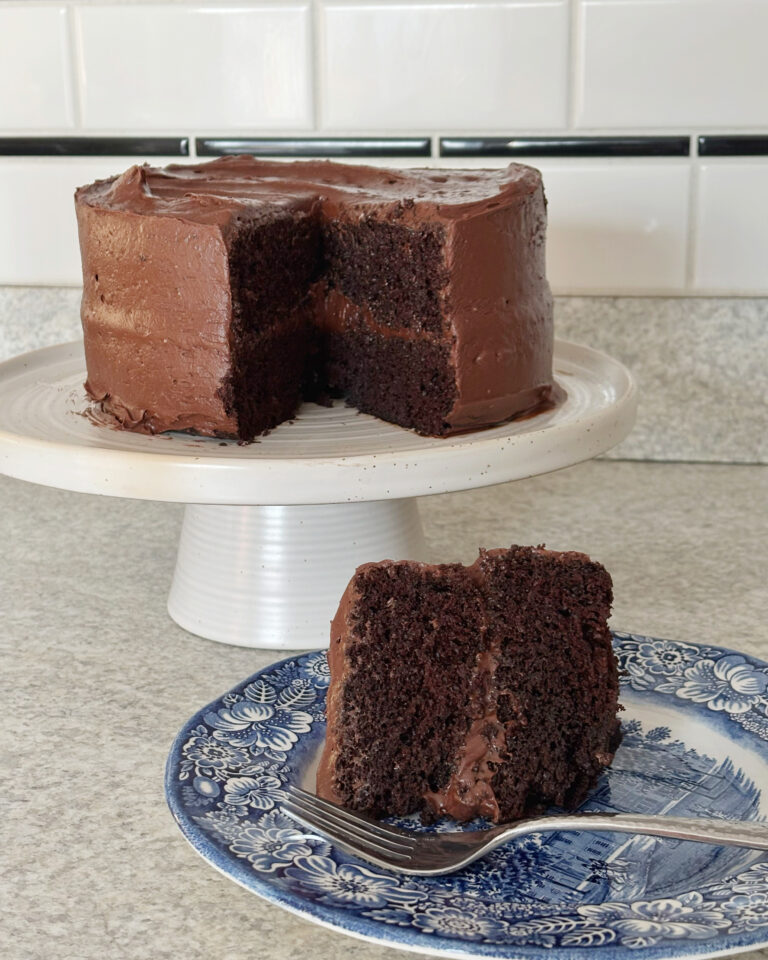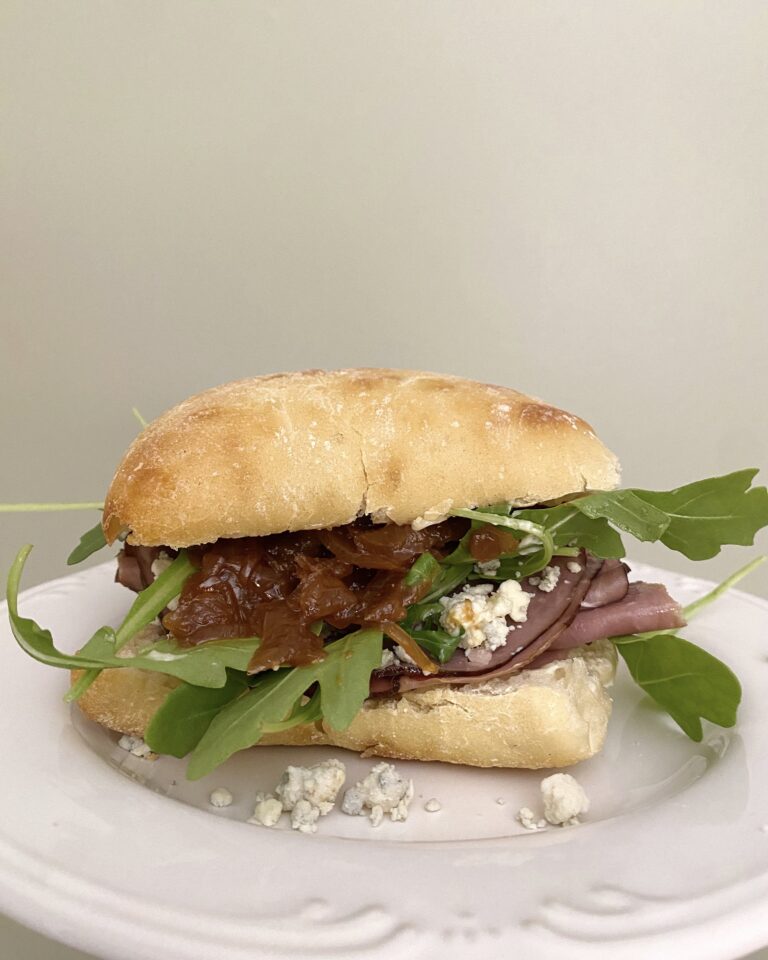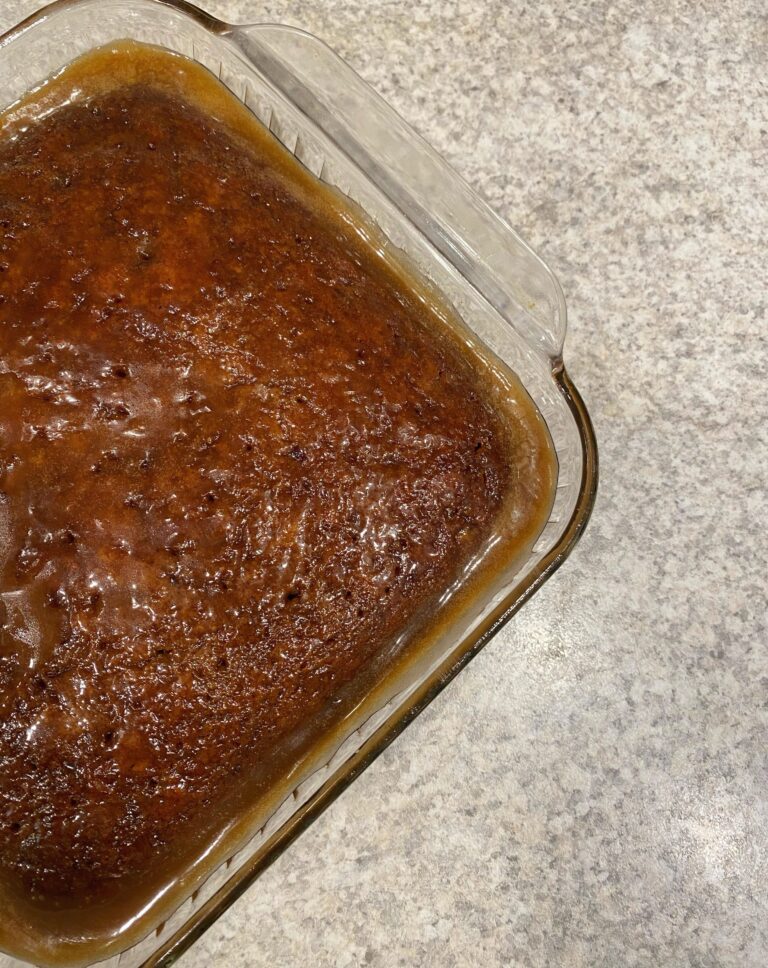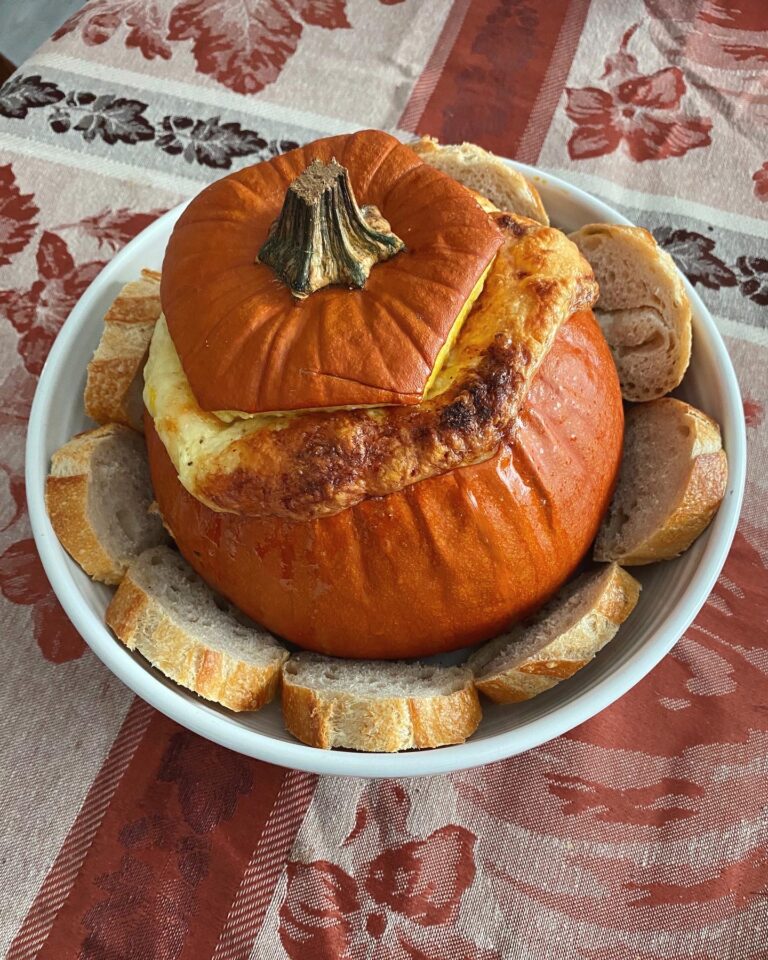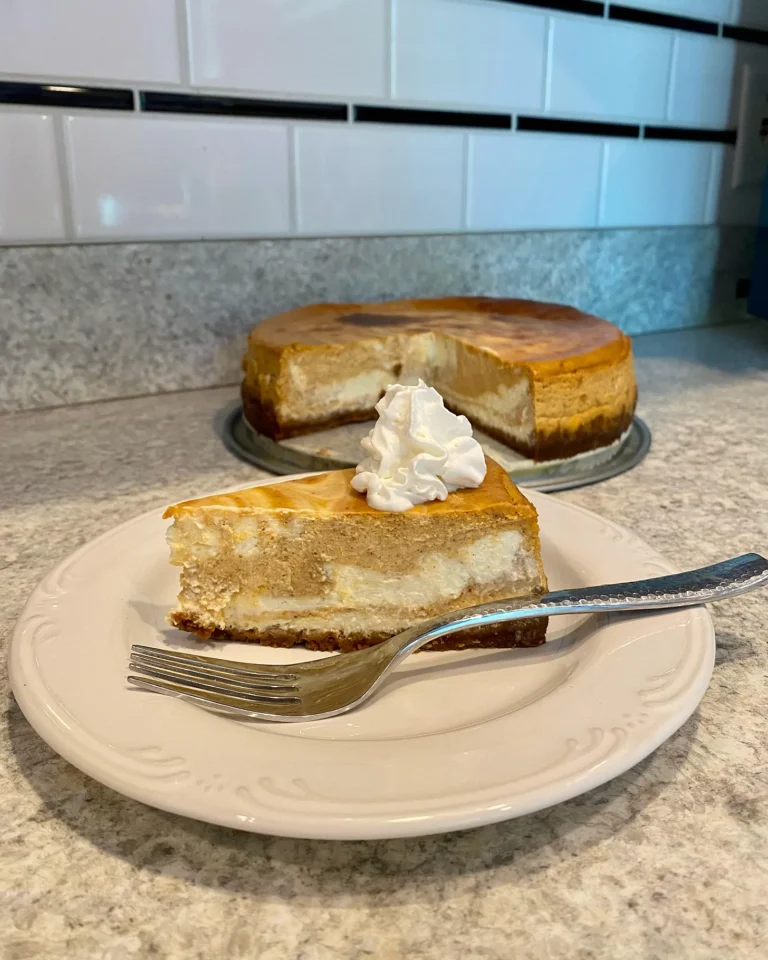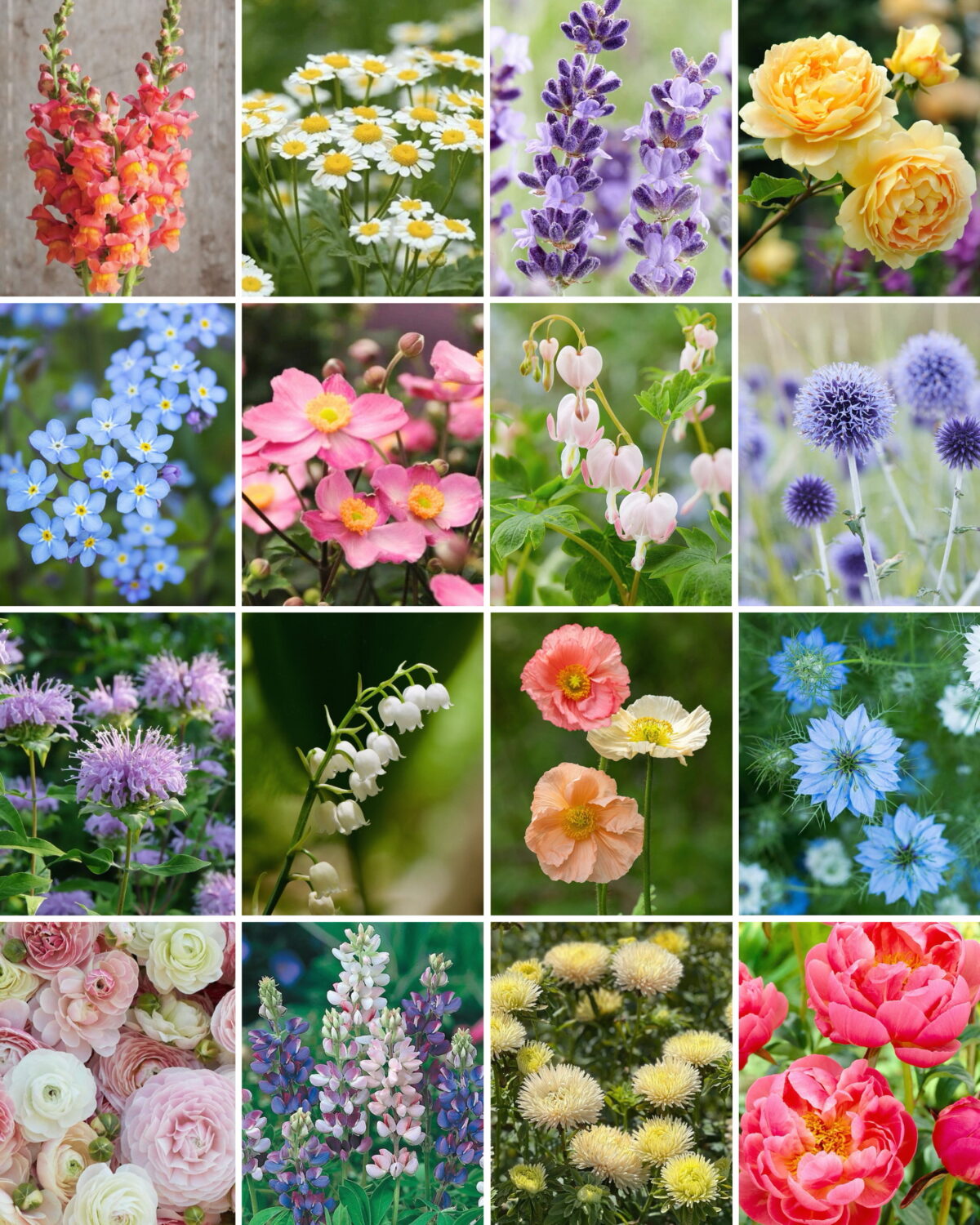
Oh, the spring garden! We usually associate this season with blooming tulips and daffodils. But, if you didn’t get those bulbs in the ground last fall, you might feel like you’re missing out! Never fear, you can still plant the potted varieties of tulips and daffodils that are blooming now, but there’s just something so special about watching fall planted bulbs emerge from the ground after a long winter!
A lot of gardening can be making plans for next year or next season, but what can we plant in our spring gardens that we can enjoy this year? Thankfully, there are so many things! I’ve put together a list of gorgeous spring planted flowers. Some will bloom for years to come, and a few are fleeting beauties that will last just a season. As always, check your hardiness zone and each variety’s planting instructions to yield the best results in your garden!
Snapdragons
For a punch of color, snapdragons deliver like no other. With their minaret shaped blooms and vibrant shade options, they’re a bold, cheerful addition to any garden. These flowers thrive in cooler spring temperatures and can bloom well into early summer, making them perfect for spring gardens. Snapdragons also attract pollinators like bees and butterflies, which makes them a wonderful choice if you’re aiming for a garden full of life!
German Chamomile
I adore chamomile, the subtle scent, watching the bees flock to it, and how the delicate flowers blow in the wind! It’s truly a “set it and forget it” type flower, an annual that will readily reseed itself in many zones. After direct sewing, chamomile will bloom best in full sun, peaks in mid summer, and you can make tea from the fresh or dried flowers!
Lavender
Lavender is a classic favorite for a reason, renowned for its scent and flavor. Sew seeds indoors to transplant in early summer, or purchase a more mature live plant to add to your garden after the last frost and with well established roots it will produce beautiful blooms every summer! After harvesting, save a bouquet or two for a dried arrangement, gather buds to use in extract or infused syrups, or make a linen sachet to bring the lovely scent to a drawer or your glove box!
English and Tea Roses
I have a mild obsession with David Austin roses, specifically their english shrub roses. In spring, roses will be shipped in pots or delivered with bare roots. With roses, there are so many options, from tiny blooms to big peony-shaped blossoms, and varieties designed to climb arbors, shape into hedges, or ramble along a rock wall or landscape element. Choosing the best rose plant for your garden may take some research, but it will be well worth the effort for years to come!
Forget Me Nots
Forget Me Nots are beautiful tiny blue flowers that bring a wistful sentimentality into the garden. Legend states that a medieval knight was walking along a river with his sweetheart and bent down to pick one of the flowers for her, but his heavy armor knocked him into the water and he called out “forget me not!” as he was swept away, thus the name for the flower was born. Many associate the flower with loved ones that have passed on, and Victorian society dictated that this perennial was symbolic of undying love and devotion.
Anemone
These are a new love for me, and there are so many whimsical varieties to choose from! I have my heart set on a pink Japanese Anemone, but there are truly so many options, from striking black and white blooms, deep vibrant purple, and bright poppy red!
Bleeding Hearts
Bleeding Hearts are a must have statement flower, boasting unique heart shaped petals that really stand out in the garden. These plants prefer shade and grow well in the ground and in containers. They are most commonly found in shades of pink, and hummingbirds will seek them out each spring!
Globe Thistle
For a pop of geometric flair, get ahold of some Echinops, also known as globe thistle. These thistles grow prolifically with deep roots and densely packed spherical blooms. They are commonly found in sunny areas and produce spiky indigo or silver flowers each year. Dried globe thistles are popular in flower arrangements and bring a bit of modern interest to bouquets.
Bee Balm
If you’re looking for something to bring the pollinators in, look no further than bee balm! It comes in a variety of fun shades, has a fresh lemony scent, and bees can’t get enough of the stuff! When planting, consider a variety that is native to your area or plant it in containers, as it often grows quite bountifully. Similar to fast spreading herbs like mint, it can be considered invasive, so do be sure you’d like a lot of this perennial before planting it in the ground!
Lily of the Valley
Lily of the valley is a delicate white flower found in damp shady areas. The blooms form in downward facing cups and produce a light, sweet scent. Lily of the valley is popular in spring wedding arrangements as it is known to symbolize sweetness and new beginnings. While its name may lead you to think otherwise, lily of the valley is more closely related to asparagus than it is to lilies! A word of caution however, lily of the valley is toxic when ingested, so keep it away from children and pets!
Poppies
There are so many sizes and varieties of poppies to choose from. Some, like the California and Red Corn poppy are annuals commonly found in wildflower seed mixes. They often grow in fields, along roadsides, or in meadows. Icelandic poppies, with petals like crepe paper, can be grown as annuals or perennials depending on your hardiness zone. Giant poppies (papaver orientale) are perennial and grow up to 36 inches high!
Love in a Mist
For a delightfully whimsical flower, Nigella, or love in a mist, is perfect for a miniature spring bouquet. To plant, broadcast these seeds across the soil and water in. They need light to germinate, so no soil cover is necessary. These are the perfect fun and low maintenance flower that will have people asking “what is that?”
Ranunculus
Possibly my most favorite flower, my ranunculus are a labor of love. They are tender perennials, meaning they only survive year after year in very specific climates. They prefer to bloom in the cold season, but do not tolerate freezing temperatures, and they quickly die back in the summer months as they do not tolerate the heat either. As a gardener in zone 7, I force my ranunculus to perform as perennials by pulling up their corms once their leaves dry up each year. Then, I store them in a cool dry place for next year. As beautiful as they are, I would not recommend ranunculus to someone looking for unfussy flowers, as the corms can be quite expensive, especially if your climate dictates (like mine) that they’d only survive as annuals without intervention.
Lupine
We’ve all seen photos of the gorgeous lupine meadows in Iceland, and if you’re anything like me, you daydream about taking a trip to go frolicking in them! In my research, I learned that lupines were brought to Iceland from Alaska in 1945 in efforts to “revegetate” the island. Since lupines easily multiply and adapt well to various growing conditions, they quickly became abundant and are now ubiquitous in the Icelandic landscape. As you’d imagine, there are differing opinions on this, with many folks viewing them as a detestable invasive species, and others lauding them as a symbol of regenerative spirit.
Asters
I’ve only just stumbled across asters, and I think I will be ordering some seed packets this year, specifically the Valkyrie and Tower varieties! Their flowers are similar to dahlias (which need the ranunculus treatment in my growing zone) and since asters grow from seeds instead of tubers they are much more affordable in both time and money! Since I haven’t grown them myself I can’t be sure, but it seems they grow in more varied climates, need less maintenance, and produce more bang for your buck when they go pound for pound with dahlias.
Peony
Peonies are another classic favorite that bring a lush, feminine touch to the garden. These beauties love water and full sun, and have a delicate sweet smell due to the nectar they produce. This nectar draws in ants, whose presence help to prevent other pests from feeding on the peonies! This mutually beneficial relationship is wonderful for the ecosystem, but some may find it creepy when they make peony bouquets! When cutting, gently shake off the ants or rinse them off before arranging the flowers in a vase.
What are you growing this spring?
If you’d like to see what I’m planting this year, check out my 2025 garden plan!

